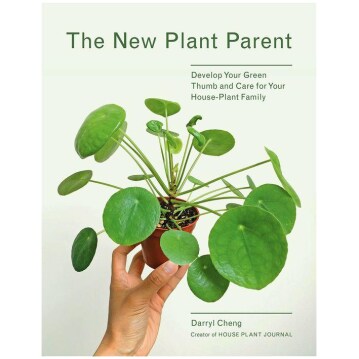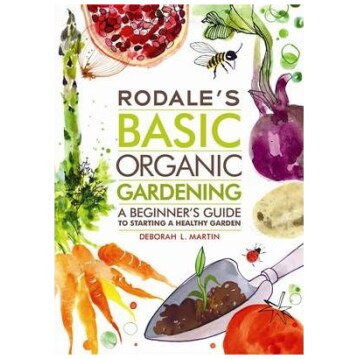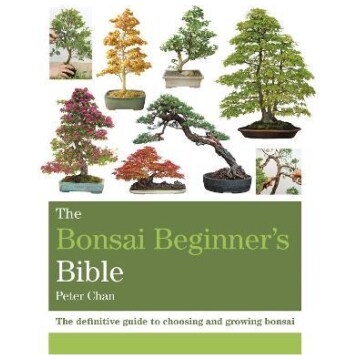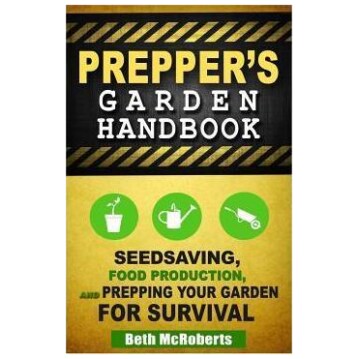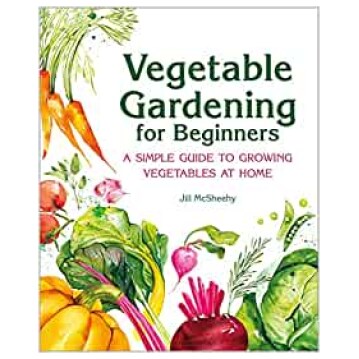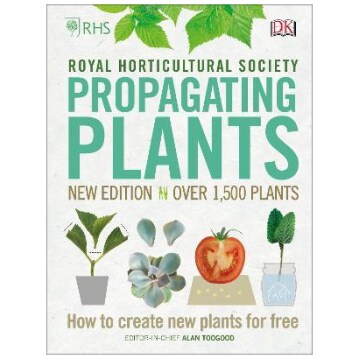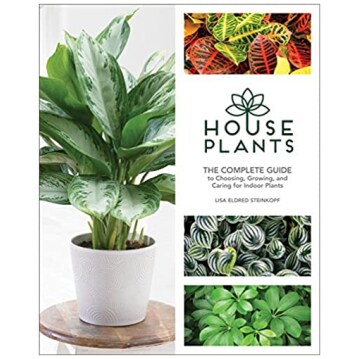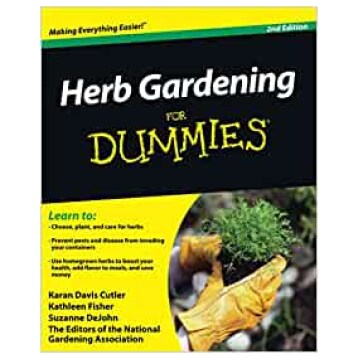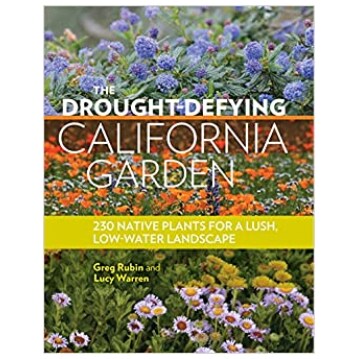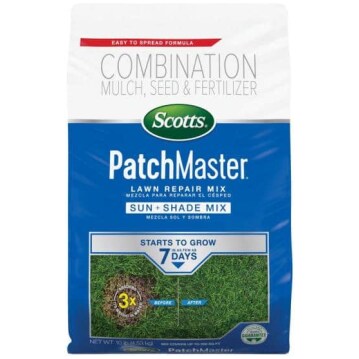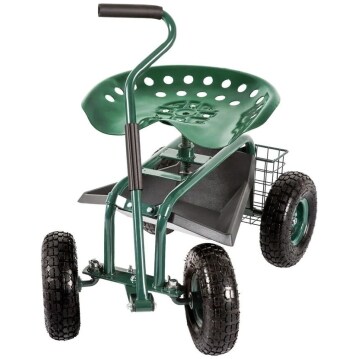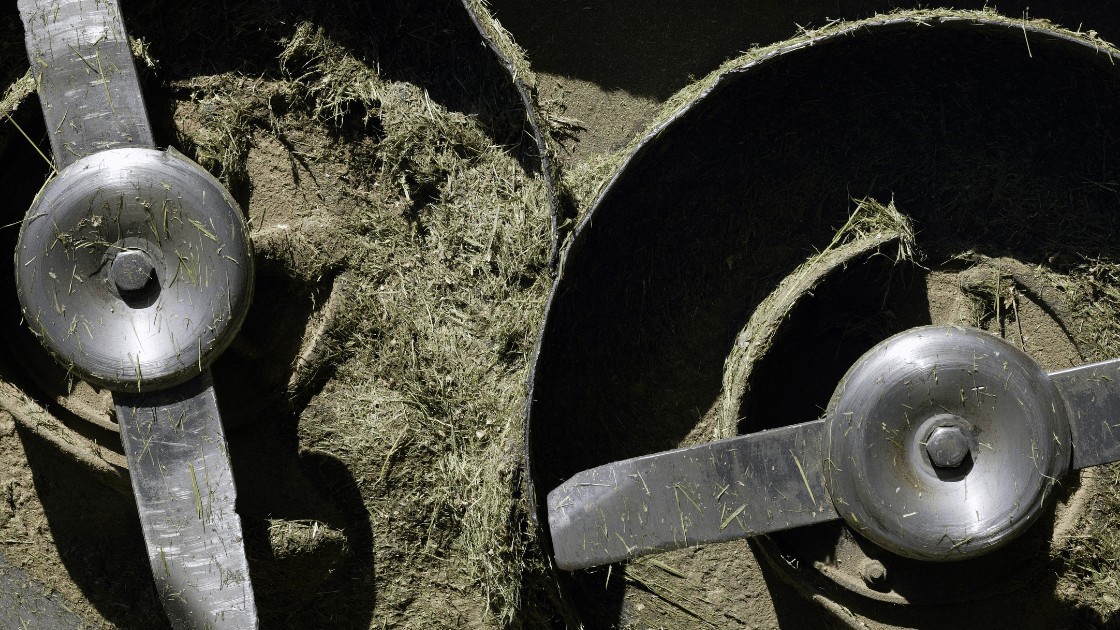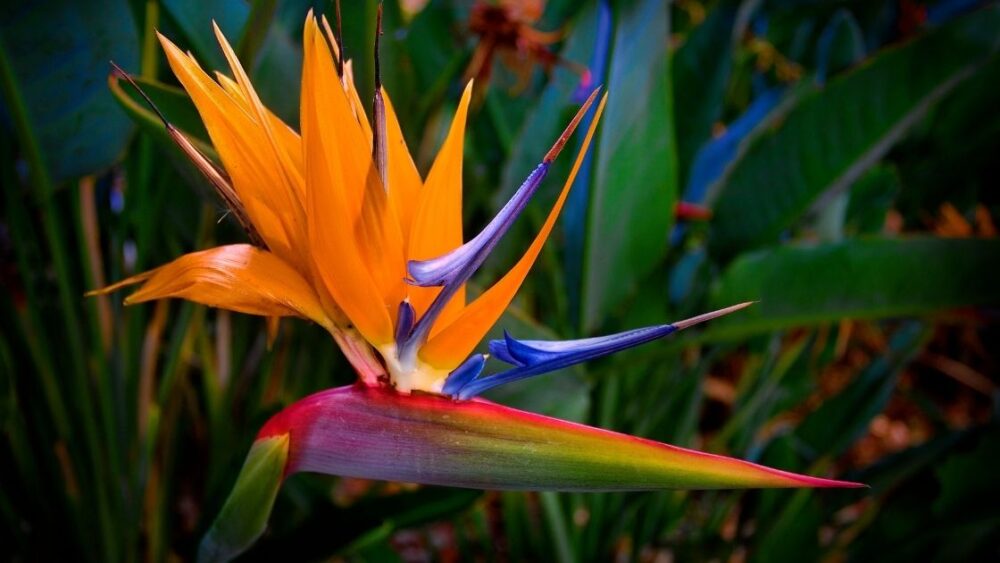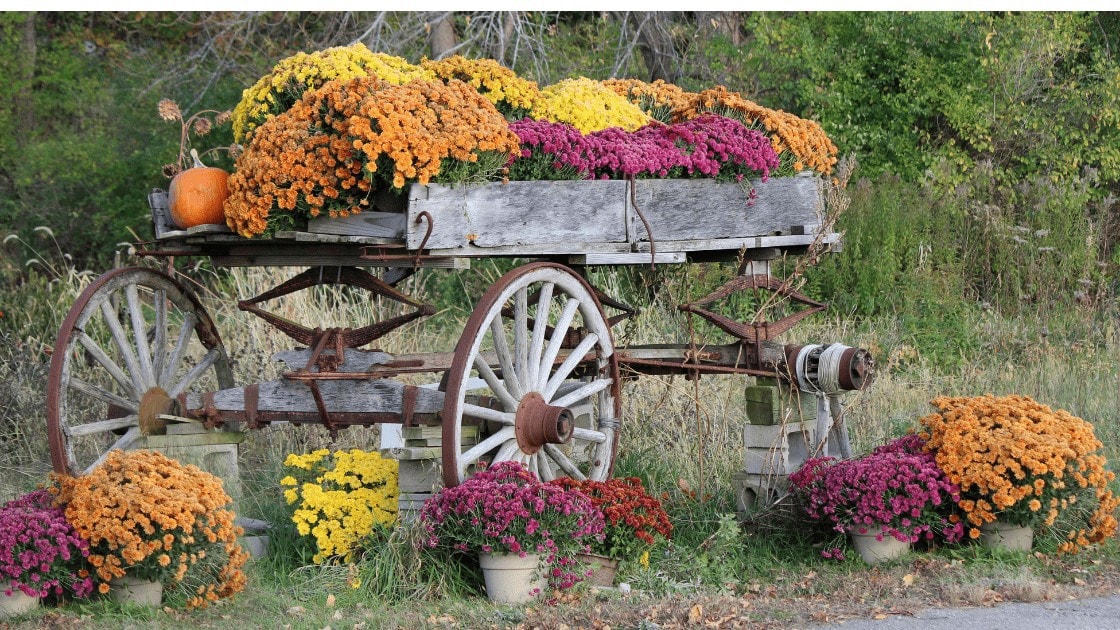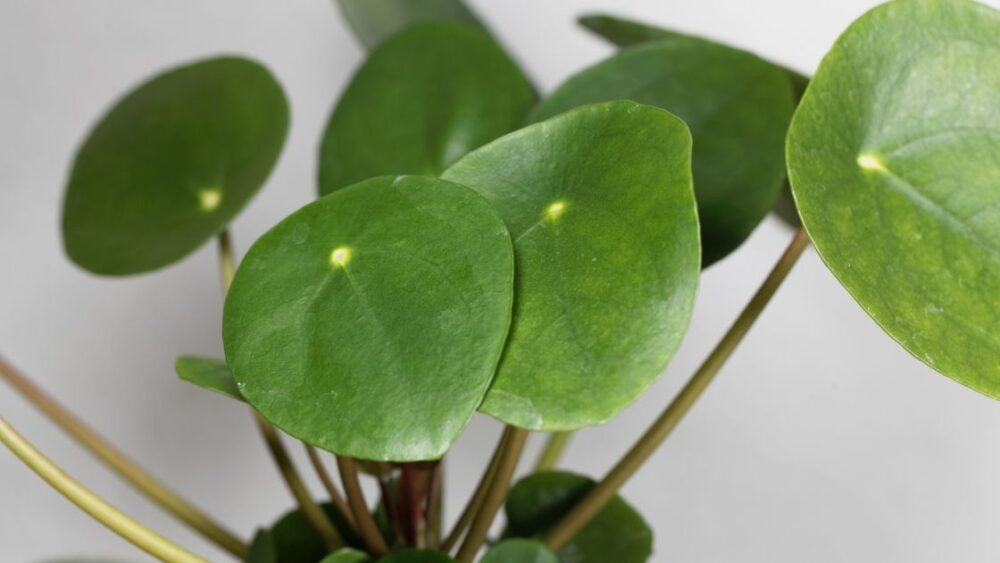Description
How to Grow Perennial Vegetables : Low-Maintenance, Low-Impact Vegetable Gardening
Perennial vegetables are a joy to grow. Whereas traditional vegetable plots are largely made up of short-lived, annual vegetable plants, perennials are edible plants that live longer than three years. Grown as permaculture plants, they take up less of your time and effort than annual vegetables do.
Martin Crawford’s book outlines the benefits of growing perennial vegetables:
Perennials provide crops throughout the year, so there’s always something that can be used in the kitchen. You avoid the hungry gap between the end of the winter harvest and the start of the summer harvest of annual vegetables.
Perennial vegetables are less work. Once planted, they stay in the ground for many years. They are the classic plants for no-dig gardeners.
Unlike annual vegetables, perennial vegetables cover and protect the soil all year round. This maintains the structure of the soil and helps everything growing in it.
Humous levels build up and nutrients don’t wash out of soil. (Cultivating the soil for annuals exposes this humous to air on the surface, causing the carbon to be released as carbon dioxide.)
Mycorrhizal fungi, critical for storing carbon within the soil, are preserved. (They are killed when soil is constantly dug for annual vegetables.)
Perennial plants contain higher levels of mineral nutrients than annuals because perennial vegetables have larger, permanent root systems, capable of using space more efficiently, and they take up more nutrients.
How to grow perennial vegetables gives comprehensive advice on all types of perennial vegetable, from ground-cover plants and coppiced trees to plants for bog gardens and edible woodland plants:
In Part One Martin Crawford outlines why we should grow perennials. He then explains where and how to grow them in perennial polycultures, in forest garden or aquatic garden settings. He outlines how to propagate them, how to look after them for maximum health and how to harvest them.
Part Two is a plant-by-plant reference of over 100 perennial edibles in detail, from familiar ones like rhubarb, Jerusalem artichokes (sunchokes), horseradish and asparagus to less common ones such as skirret, nodding onions, red chicory, Babbington’s leek, scorzonera, sea kale and wild rocket.
With beautiful colour photographs and illustrations and plenty of cooking tips throughout, this book offers inspiration and information for all gardeners, whether experienced or beginner.

